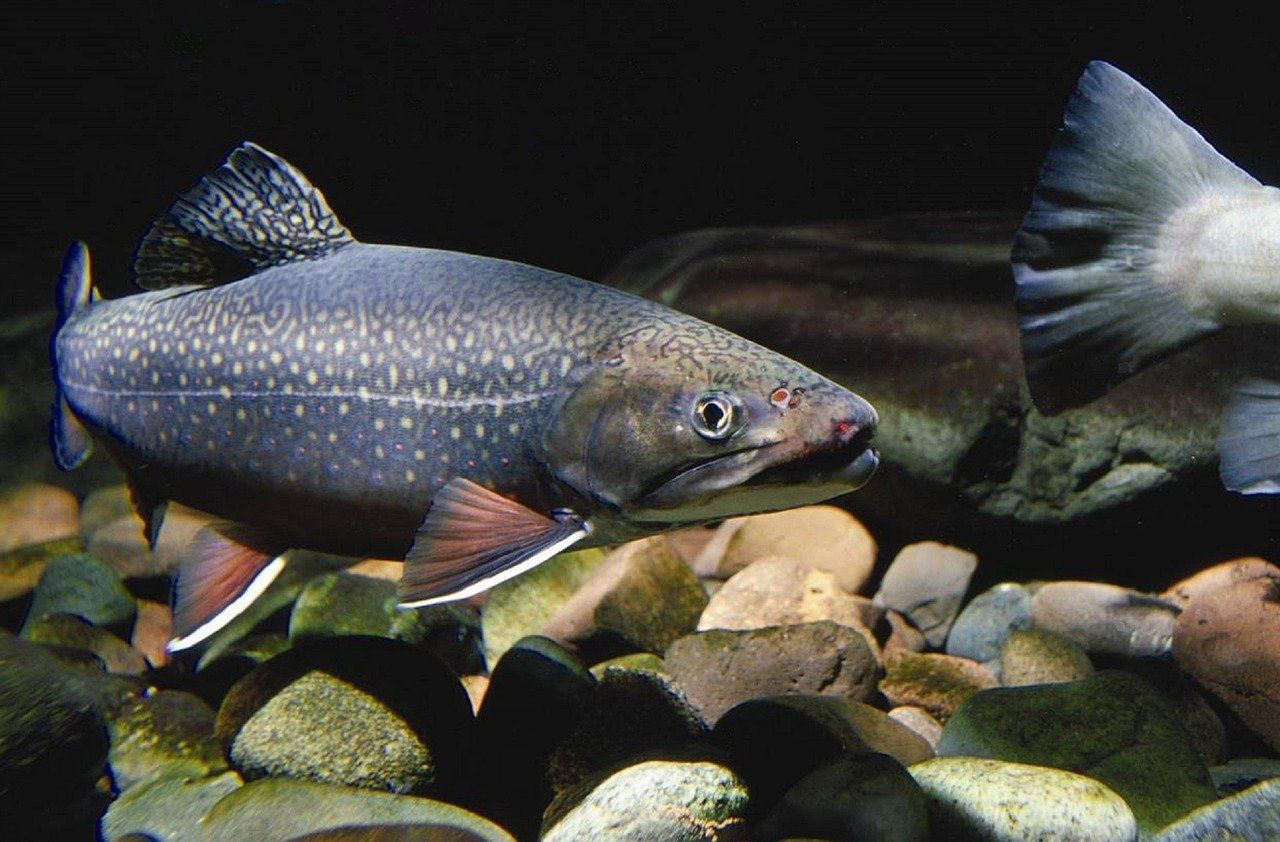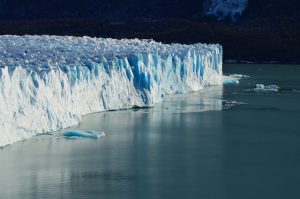An iconic cold-water fish species known as ‘Snow trout’, found in the Himalayan rivers, could be in danger due to climate change. A study by the government’s Wildlife Institute of India has found that these fishes would lose their habitat by 16% in the next 30 years and by over 26% by 2070.
The study ‘Is There Always Space at The Top’, published in the journal Ecological Indicators on September 6, indicates that most of the lower altitude streams across the Himalayas would be rendered unsuitable for the existence of snow trout with the rise in temperatures. Apparently, the reason behind their vulnerability is their limited thermal range.
The study authored by Wildlife Institute of India (WII) scientists Aashna Sharma, Vineet Kumar Dubey, Jeyaraj Antony Johnson, Yogesh Kumar Rawal and Kuppusamy Sivakumar reveals that snow trouts would be pressured to shift into the high-altitude rivers in the Himalayas.
“Our empirical findings strongly suggest that snow trout, a prime cold-water fish of Himalayan rivers, would suffer a habitat loss in the future and the high-altitude areas would act as only saviours, provided suitable habitat connectivity is offered,” senior scientist Kuppusamy Sivakumar told PTI.
“The species (snow trout) would lose a net habitat of 16.29% till the year 2050 which would further increase to 26.56% in the year 2070.” “As it stands, the snow trout faces serious threats due to river valley modifications, destructive fishing practices and exotic salmonid introductions,” the study says.
“Due to ongoing threats, its population size has been reduced drastically in Himalayan waters, hence listed as vulnerable in the IUCN Red List,” it adds.
The results in the study highlight that “snow trout would expand their range upwards into the high-altitude streams with a concurrent predominant range contraction in most of their lagging edges, ultimately creating a high-altitude squeeze.”
The study also recommends some solutions such as:
- Persuasive conservation efforts beyond political boundaries by combined decisions of the policymakers of Himalayan countries.
- Reducing unsustainable harnessing of rivers for hydropower development projects and energy efficiency by improving green energy potential.
- Focus more on climate change science in India, more so in the Himalayas.
The research team said that there is a need for inter-governmental policy measures involving India, Nepal and Bhutan for sustainable biodiversity of Himalayan rivers.







